Building a Sustainable Nursery
On Aronia: A 4-season Addition to the Native Garden and Superfood
All About Aronia Berries: Unlocking the Native Flavors of Central Kentucky
Plant Profile and Native Range
(Aronia Melanocarpa)
The common name for this plant is Black Chokeberry (sidebar: are you aware of a less marketable common name? If only there was a barfberry, that would take the cake. I most commonly refer to them as aronia berries)
Aronia is a deciduous shrub from the Rosaceae family, known for its ability to spread and sucker abundantly. The shrub typically has an upright, rounded shape, although it may become leggy with age. It produces small, edible, astringent fruits, growing in clusters of 5-6 flowers that bloom in late spring.
Its leaves turn a vibrant red in the fall before falling off for the winter. Native to Eastern North America, Black Chokeberry thrives in both full sun and partial shade and can adapt to a variety of soil conditions, including wet, boggy areas.
It makes an excellent addition to borders or open wooded gardens.
A Personal Journey with Aronia Berries
My relationship with Aronia is a fairly recent one. About 7 or 8 years ago, my dad purchased plants for a wildlife planting on our farm, adding a few shrubs around the yard as well. But it wasn’t until 3 years ago that I finally tasted the fruit—and what an unforgettable experience it was.
The first bite is quite a surprise: the fruit is akin to a very dry red wine with a subtle berry flavor at the end. The astringency is intense, not quite as severe as an underripe persimmon but definitely up there in terms of fruits that dry your mouth.
Despite that, I’ve since grown accustomed to eating small handfuls of the fruit, though I understand this may not be the go-to way for most people to enjoy it. I’ve come to appreciate its unique flavor and, more importantly, its versatility.
Plant Propagation: Lessons and Insights
Aronia plants are readily grown from seed, but I’ve been experimenting with propagation via cuttings for the past few years, seeing moderate success. One observation that stands out is that Aronia seems to need more shade during the summer heat than other species I’ve tried to propagate.
This year, I’m running a small experiment in different shaded areas of the propagation zone to determine just how much shade is optimal for successful growth. It’s all part of the process of unlocking the best practices for growing this resilient plant.
Economics and the Market Potential of Aronia
In my opinion, the key to encouraging more people to grow native plants like Aronia is through targeted marketing. I believe positioning Aronia as a 4-season landscape plant, coupled with its appeal as a homegrown health food, offers a strong selling point.
Aronia provides four seasons of interest:
Spring: Beautiful blooms
Summer: Glossy foliage and fruit formation
Fall: Vibrant red leaves
Winter: Persistent black fruits and an interesting bare shape
Beyond its visual appeal, Aronia is a powerhouse when it comes to health and nutrition. According to Dr. Xianli Wu, a researcher at the Arkansas Children's Nutrition Center, Aronia berries top the list of more than 100 foods that have been scientifically tested for antioxidant capacity.
They surpass elderberries, blueberries, and acai berries in antioxidant capacity, making them an excellent choice for health-conscious consumers.
For more information on marketing Aronia berries, check out this informative article: https://www.uww.edu/documents/colleges/cobe/ferc/ag_AroniaBerry.pdf
Recipes to Try
If you're feeling adventurous, here are a few recipes that showcase the potential of Aronia berries:
Aronia Vinaigrette: A tangy, unique dressing to spice up your salads! Aronia Vinaigrette Recipe
Savory Aroniaberry Pizza: A delicious twist on a classic favorite! Savory Pizza Recipe
Aronia Apple Juice: A refreshing drink with the perfect balance of tart and sweet!
Native Superfood Nutritional Benefits
“The fruits of Aronia melanocarpa (Aronia berries) have been found to show multiple bioactivities potentially beneficial to human health, including antidiabetic, anti-infective, antineoplastic, antiobesity, and antioxidant activities, as well as heart-, liver-, and neuroprotective effects.
Thus far, phenolic compounds, such as anthocyanins, cyanidins, phenolic acids, proanthocyanidins, triterpenoids, and their analogues have been identified as the major active components of Aronia berries. These natural products possess potent antioxidant activity, which contributes to the majority of the other bioactivities observed for Aronia berries.”
Useful Links
https://plants.usda.gov/DocumentLibrary/plantguide/pdf/pg_arme6.pdf
https://www.nrcs.usda.gov/plantmaterials/ndpmcrb7936.pdf
https://forksinthedirt.com/amazing-aronia-berry-superfood/
https://cropsandsoils.extension.wisc.edu/aronia-berries/
Community Engagement: Your Input Matters
As I continue to build the Backyard Berry Nursery and develop this newsletter, your feedback is crucial. I want to hear from you!
I posted a note yesterday calling on all aronia enthusiasts to include their favorite stories or history including aronia berries and yall didn’t disappoint.
I’d also love to hear what topics interest you most so I can continue making this newsletter valuable for everyone. Let me know what you'd like to see more of by casting your vote for the next series!
I’m just the writer, this newsletter is for you all. Vote now to see the newsletter go in a direction that best serves you!
Crop Profile Directory
If you’re enjoying this newsletter and want to learn more about the plants I will be growing and how to incorporate them, you’re in luck!
Below is a directory of the past three crop profiles. Feel free to browse and explore—happy reading! 👋
Thank you for being here with me on this journey of edible plants, sustainable practices, and the joys of nurturing local flora.
I’m looking forward to hearing your thoughts and suggestions! I’ll be back in your inbox next week! 👍🏼
Much love
Many blessings
Travis
P.S.
If you’re enjoying this newsletter, and want to show your support, I’d be grateful if you could share this newsletter with someone who might find it valuable.
Word of mouth is what fuels the growth of this newsletter. Your referral could inspire a friend or follower to grow more food and make a positive impact in their community!

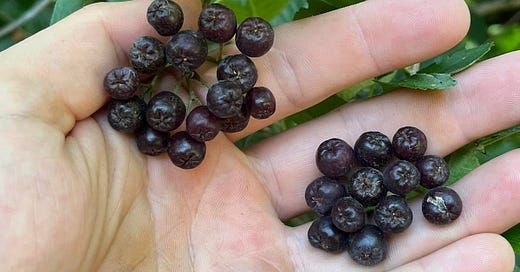




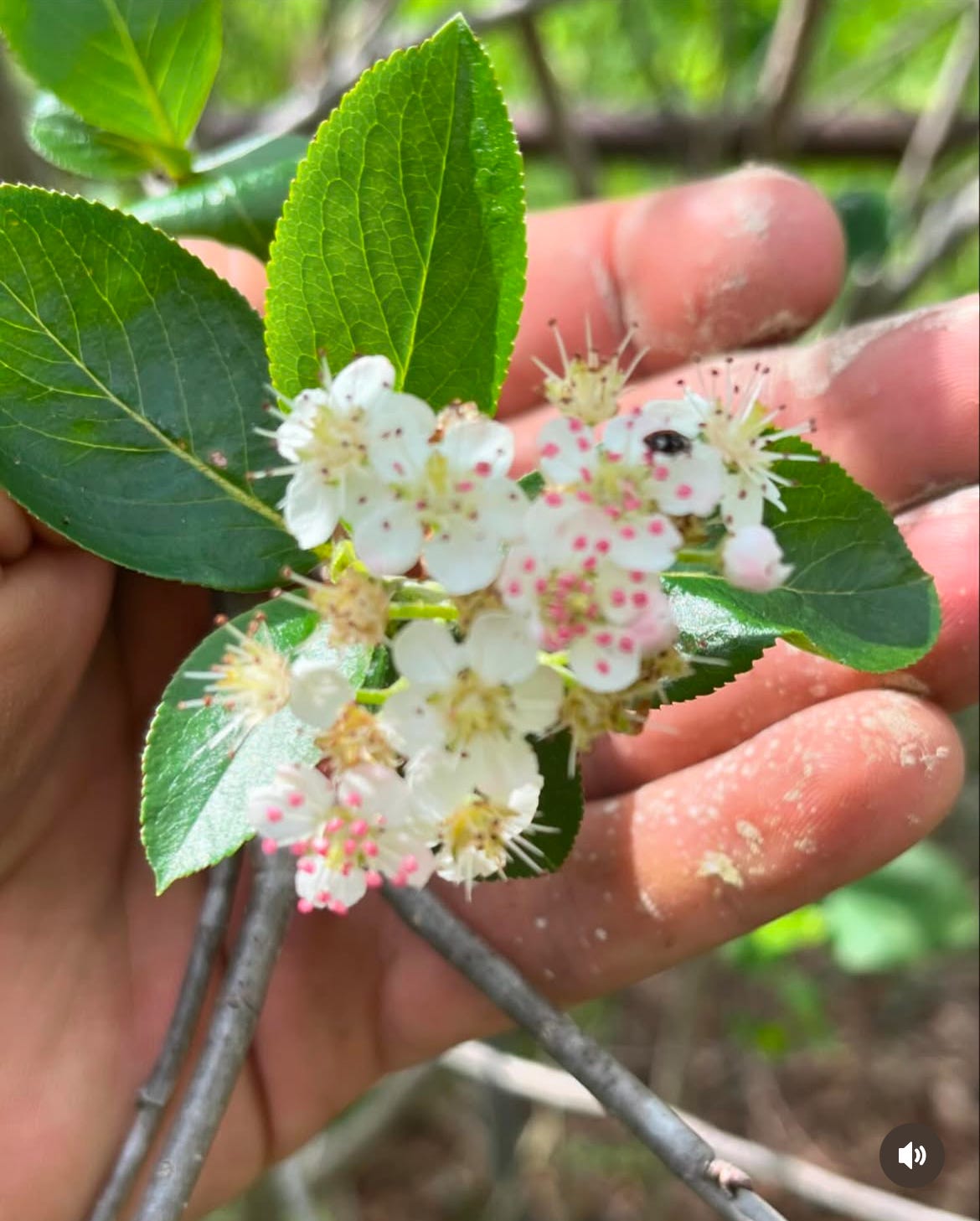
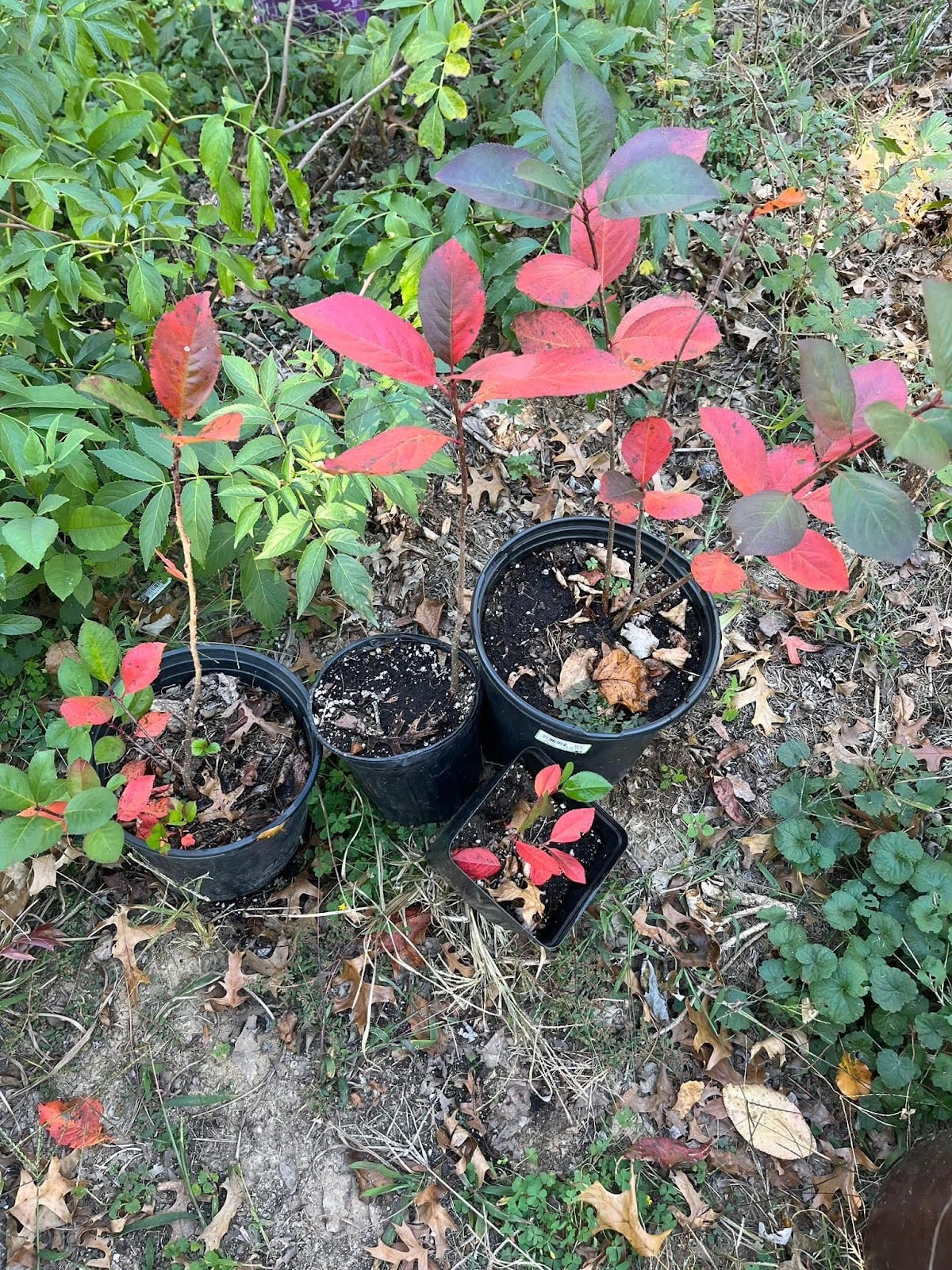
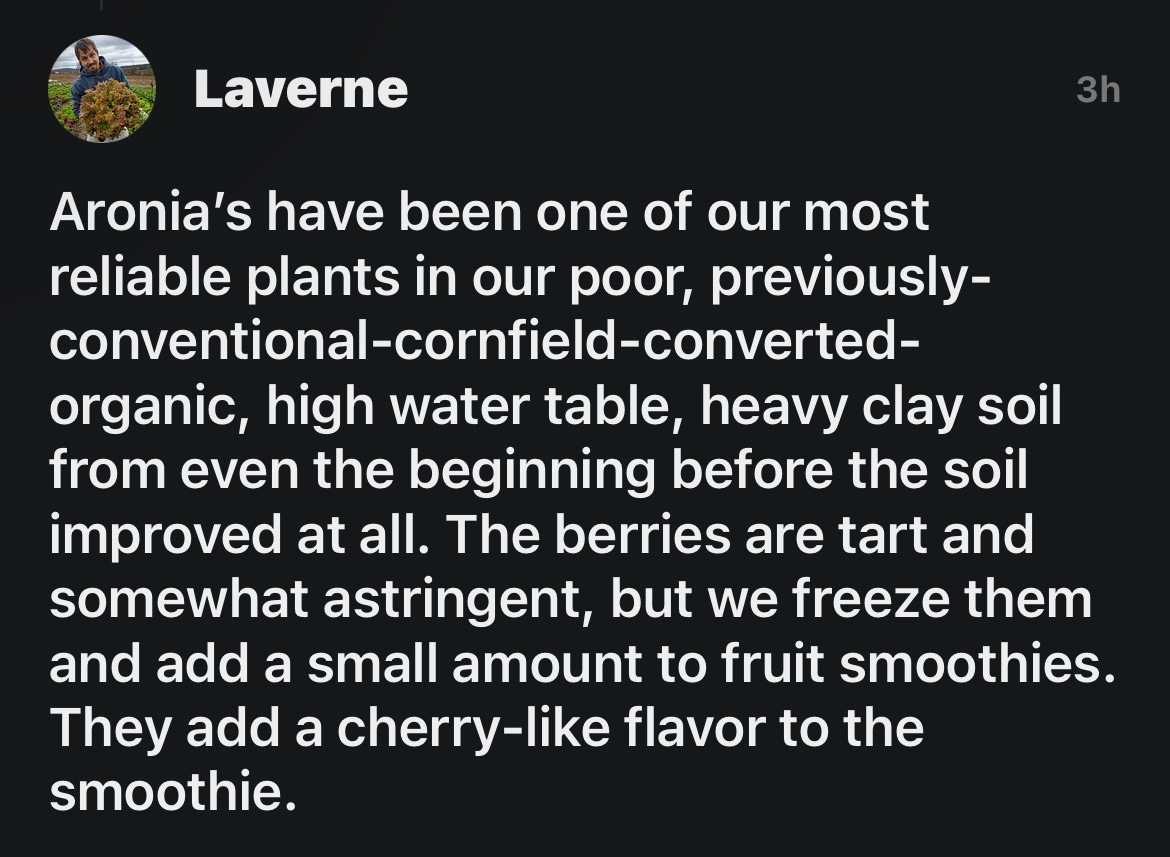

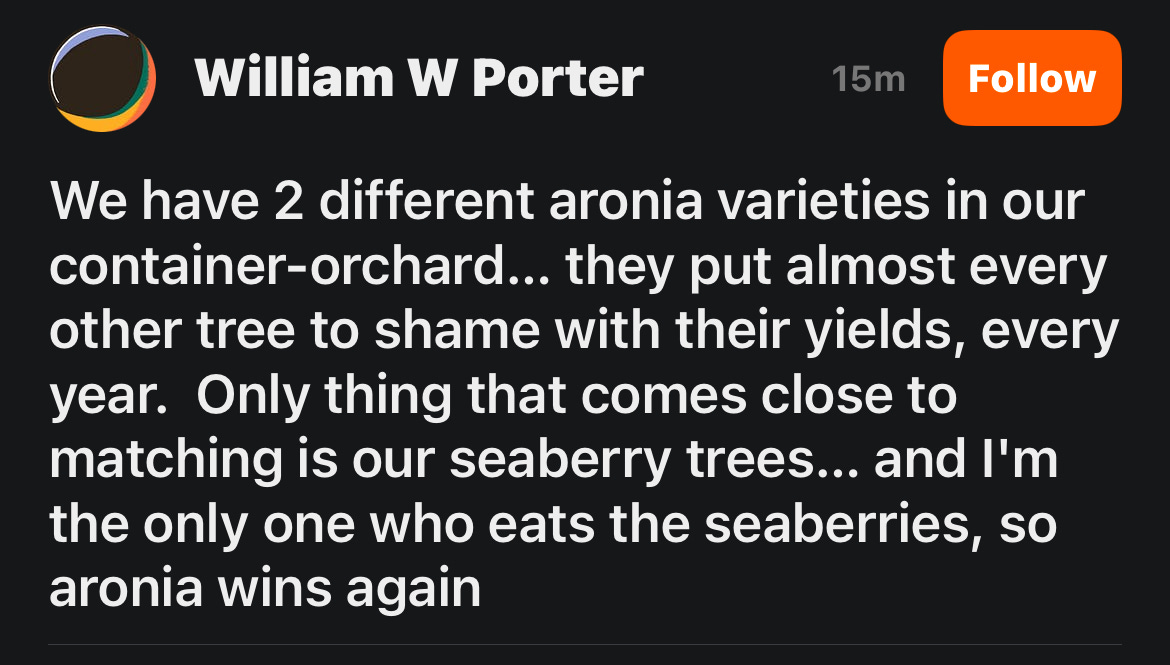
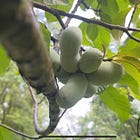
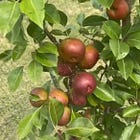
Always satisfying to be reminded of the bountiful health benefits growing in the back yard, thanks be to you for sharing your knowledge! 😁 Assuming the little dudes out back survived the fallen tree situation, I look forward to gathering handfuls for smoothies in the near future. And trying out that pizza! Looks like something I would enjoy! 👀